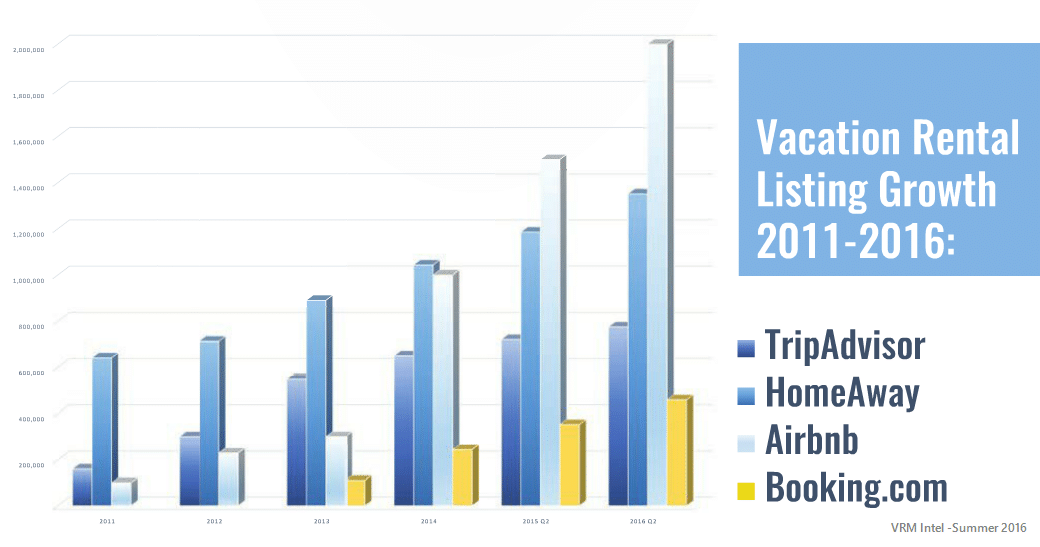Sabrina Duda and Beatrice Andrew from LAB Group explain why we should all be investing in customer experience. They will be discussing this topic in more detail at our Digital Marketing Summit on Thursday 5 November. Brands can apply for a place here.
Romance in coronavirus times
CX is all about the human experience but, for example, how do you bring back the romance in a time where coronavirus continues to keep us apart? Box42, a subscription box service founded during the lockdown, offers a date package. You can order it for remote dates. The packages contain fun activities, snacks, drinks, playlists, and “mood setters” like candles. (Source: https://www.bbc.co.uk/news/business-54062717)
Why invest in customer experience?
Why should you invest in your customers’ experience? The Forrester’s research report from 2018 shows that those companies that are leading in customer experience outperform the ones lagging. The stock price growth from CX leaders was 32 per cent, compared to three per cent for the CX laggards.
(Source: https://go.forrester.com/blogs/does-cx-quality-affect-stock-performance-yes-but/)

Forrester Research report, 2018
When you invest in your customer experience, you also strengthen the emotional connection with them. Harvard Business Review (The New Science of Customer Emotions, Harvard Business Review 2015) has calculated the emotional connection score (ECS). This score measures how many customers are fully connected with a brand. They found out that emotionally connected customers are 52 per cent more valuable. (Source: https://hbr.org/2015/11/the-new-science-of-customer-emotions)


BMW’s emotional connection score is much higher than Toyota’s. The score for being “considered a good brand” is almost equal for BMW and Toyota. Both are seen as a good brand. But BMW is a more valuable brand. The cars are much more expensive because customers are emotionally connected.
(Source: https://hbr.org/2015/11/the-new-science-of-customer-emotions)
How to create desirable products
What makes a good product? The UX Honeycomb model from Peter Morville shows all qualities of a good product like useful and usable, but also valuable and desirable. “Desirable” means having good or pleasing qualities, worth having or getting.

Peter Morville, UX Honeycomb
To create a desirable product, you need to do user research in every step of the development to find out about user needs and emotions.
(Source: https://www.nngroup.com/articles/ux-research-cheat-sheet/)

The agencies of the LAB Group can help you in every step of the product development process. Reflect Digital are search and analytics specialists which support the discovery process, and help with listening and tracking user behaviour when the product is live. Studio Blup delivers creative ideas, and Riverr provides technical support.
It doesn’t end with the last step, “listen”. If the context and situation change, user needs and behaviour also change. You might start with discovering and exploring again, and offer new services. That’s why you continuously need to track users and adapt your product. The whole process is like a spiral, going up in circles and improving.
User research is the basis of Airbnb’s success
In 2008 Airbnb started doing user research and used the feedback to improve their website. Their revenue has increased a lot since then. The success of Airbnb is also reflected in the listing numbers. Airbnb had a very steep growth in the number of listings. https://design.org/blog/the-power-of-storytelling/)

Investing in customer experience pays off.
Addressing users’ emotions in a government project
In a project for the Ministry of Justice about the appeals process, we digitalised and improved the service. Appellants were very anxious because they didn’t know what to expect at the hearing. Knowing what to expect reduces anxiety. Therefore, we created a page which addressed their emotions and eased their concerns. With user research, you can uncover needs and emotions.
Using personas to emphasise with customers
When you want to develop something that is user-focused, taking into account users needs and emotions, personas are very helpful. Personas help to see the world from the user’s perspective.
Alan Cooper developed personas in the early 80s to empathise with the users of the software he was designing. Alan Cooper said, “If you design for everyone, you delight no one. That is the recipe for a mediocre product.” The average person does not exist. Who is average? Everyone is unique. (Source: http://www.uxbooth.com/articles/creating-personas/)
How to create personas
Research as many users as possible and use qualitative and also quantitative data (from segmentation, etc). Then you analyse what groups have the same needs, goals, and behaviours. Demographics like age, etc, might not always play a role in that. Usually, you have around three to five personas, and one primary persona. Personas help with understanding your audience.
Remote research: business as usual
It is no problem at all to do all user research remotely. There are many tools available for remote research specifically, and also for remote team collaboration. Remote research is business as usual.
You can conduct remote moderated (see screenshot) and unmoderated interviews and usability testing. Surveys are always possible, as well as Implicit Association Test and Comparative Linguistic Analysis. Even biometric testing can be conducted online.
Summary
Investing in customer experience pays off. With user research, you can uncover the needs and emotions of your customers. Personas also help with understanding your audience. For us, remote research is just business as usual!
Case study Topdeck
When thinking about future-proofing our personalisation strategy, we shouldn’t be thinking just about segmenting our audience with demographic data in different segments or data buckets. It is about understanding the psychology within and across that segmentation.
We know that people in the same demographic make the same choice but for different reasons. People in different buckets make the same choice for the same reason.
And vice versa. Ultimately, the motivations of why people make decisions does not necessarily match their segments.
Why and how someone wants to buy something is more important than who they are. So you need to understand the motives of your audience. So we need to understand why people are buying.
Bringing to life a behavioural-led UX process
During their presentation at our Digital Marketing Summit on Thursday, Bea will take us through a case study where LAB Group helped a group tour provider in Australia. She will show you how they helped Topdeck explore the differences in motivation across their user groups and cater their offering to the prioritised target audience. The case study will explain how LAB used persona analysis, biometric testing, and UX expertise to improve Topdeck’s customer journey.
Bea will bring behavioural-led UX design to life by focusing on three examples of insights. She will explain how LAB’s research across the UK and Australia informed their design and UX changes to help explain their behavioural process.


